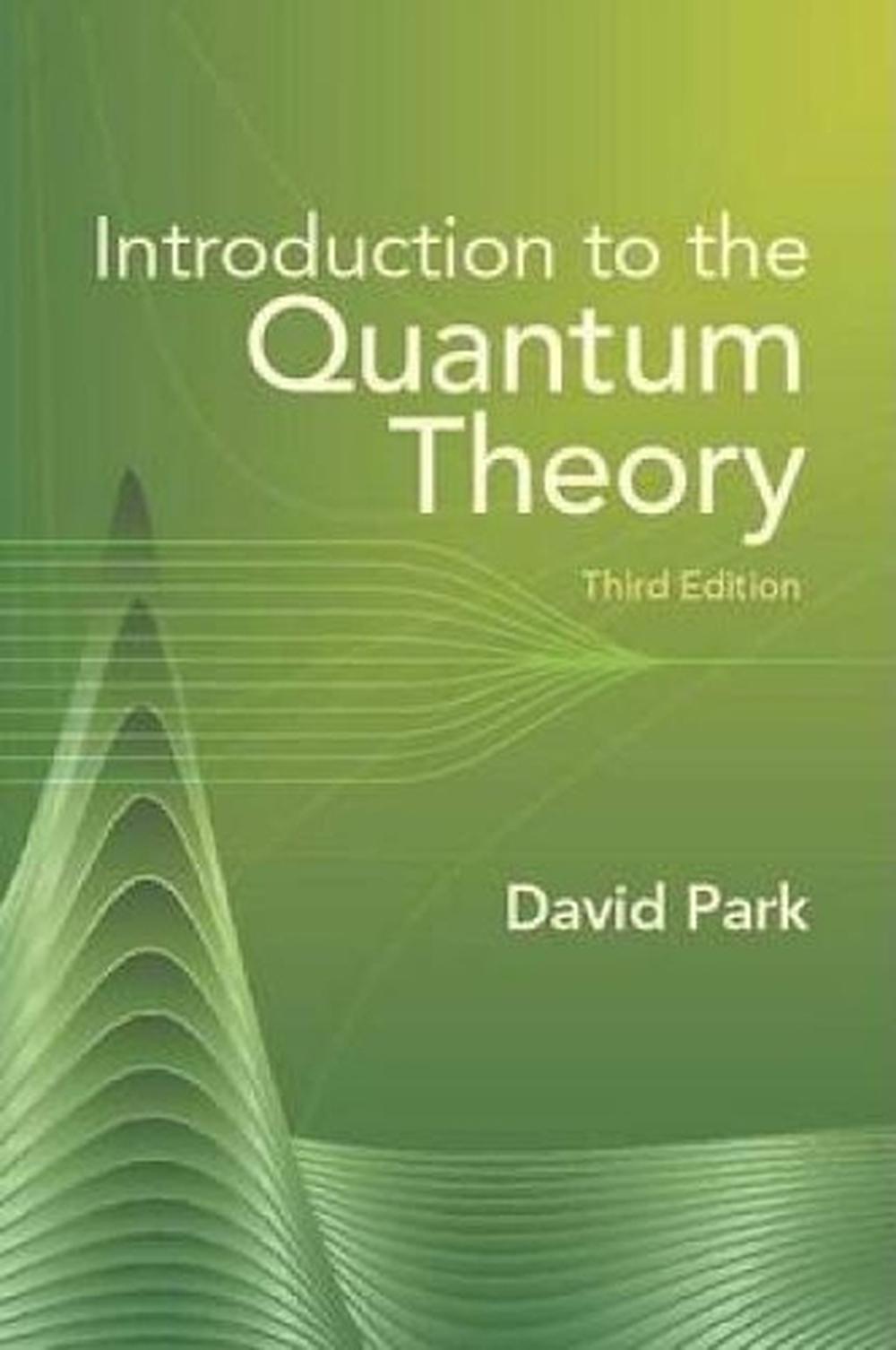
When you click on links to various merchants on this site and make a purchase, this can result in this site earning a commission. Affiliate programs and affiliations include, but are not limited to, the eBay Partner Network.
Introduction to the Quantum Theory by David Park (English) Paperback Book

- Item No : 157061247140
- Condition : Brand New
- Brand : No brand Info
- Seller : the_nile
- Current Bid : US $31.57
-
* Item Description
-
The Nile on eBay

Introduction to the Quantum Theory
by David Park
Geared toward upper-level undergraduates and graduate students, this self-contained first course in quantum mechanics covers basic theory and selected applications and includes numerous problems of varying difficulty. 1992 edition.
FORMAT
PaperbackLANGUAGE
EnglishCONDITION
Brand New
Publisher Description
More than a chance to gain new insights into physics, this book offers students the opportunity to look at what they already know about the subject in an improved way. Geared toward upper-level undergraduates and graduate students, this self-contained first course in quantum mechanics consists of two parts: the first covers basic theory, and the second part presents selected applications. Numerous problems of varying difficulty examine not only the steps of the proofs but also related ideas.Starting with an introduction that ventures beyond classical physics, the first part examines the physical content of the wave function; general principles; physics in one dimension; hermitian operators, symmetry, and angular momentum; and systems in two and three dimensions. Additional topics include approximate methods of calculation; the theory of scattering; spin and isospin; questions of physical meaning; electromagnetic radiation; systems containing identical particles; and classical dynamics and Feynman's construction. Focusing on applications, the second part explores the theory of alpha decay; electrons in a periodic lattice; the hydrogen spectrum; the helium atom; interatomic forces; the neutron-proton interaction; and the quark model of baryons.
Table of Contents
Prefaces To the Student Part I. Theory 1. Beyond Classical Physics 2. The Physical Content of the Wave Function 3. General Principles 4. Physics in One Dimension 5. Hermitian Operators, Symmetry, and Angular Momentum 6. Systems in Two and Three Dimensions 7. Approximate Methods of Calculation 8. The Theory of Scattering 9. Spin and Isospin 10. Questions of Physical Meaning 11. Electromagnetic Radiation 12. Systems Containing Identical Particles 13. Classical Dynamics and Feynman's Construction II. Applications 14. The Theory of Alpha Decay 15. Electrons in a Periodic Lattice 16. The Hydrogen Spectrum 17. The Helium Atom 18. Interactive Forces 19. The Neutron-Proton Interaction 20. The Quark Model of Baryons Ten Good Books on Quantum Mechanics Appendixes 1. Mathematical Aids 2. Fourier Integrals and Completeness Relations 3. Spherical Harmonics and Angular Functions 4. Outline of Electromagnetic Theory 5. Numerical Integration 6. Notation 7. Values of Physical Constants Index
Long Description
More than a chance to gain new insights into physics, this book offers students the opportunity to look at what they already know about the subject in an improved way. Geared toward upper-level undergraduates and graduate students, it covers basic theory and selected applications. 1992 edition.
Details
ISBN0486441377Author David ParkShort Title INTRO TO THE QUANTUM THEORY-3ELanguage EnglishEdition 3rdISBN-10 0486441377ISBN-13 9780486441375Media BookFormat PaperbackDEWEY 530.12Year 2005Imprint Dover Publications Inc.Place of Publication New YorkCountry of Publication United StatesBirth 1919Series Dover Books on PhysicsDOI 10.1604/9780486441375UK Release Date 2005-08-26AU Release Date 2005-08-26NZ Release Date 2005-08-26US Release Date 2005-08-26Pages 624Publisher Dover Publications Inc.Edition Description 3rd editionPublication Date 2005-08-26Illustrations Illustrations, unspecifiedAudience General


















